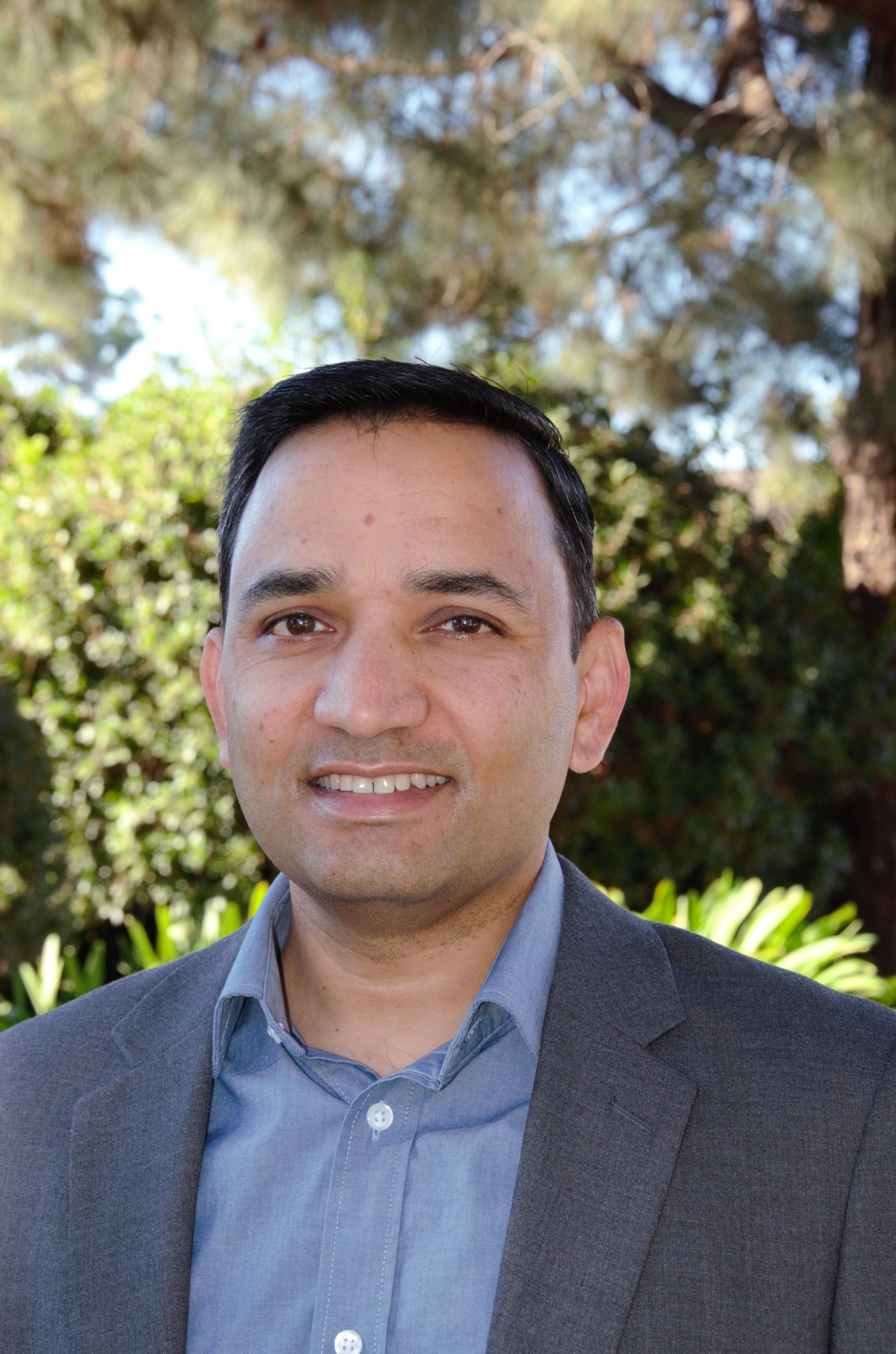Edge Executive Interview – Zach Shelby, Edge Impulse
 In the lead up to Edge Computing World, we’re taking some time to speak to key Executives from the leading companies supporting the show. Today we’re talking to Zach Shelby, Founder & CEO at Edge Impulse.
In the lead up to Edge Computing World, we’re taking some time to speak to key Executives from the leading companies supporting the show. Today we’re talking to Zach Shelby, Founder & CEO at Edge Impulse.
Congratulations on founding Edge Impulse ! What is the particular opportunity that Edge Impulse is responding to?
In the early 2000s, I co-founded one of the world’s first IoT startups. During my time at the startup, I worked on a new technology area that involved connecting edge devices with the internet securely. Later, the company was acquired by Arm in 2013, and I became a VP at the firm. During this period, we tried to build solutions to solve industrial problems using connected edge compute. We understood that companies fail to leverage the vast amounts of data generated by IoT and embedded systems. My co-founder Jan Jongboom and I realized that we could use machine learning capabilities to leverage the data generated by embedded computers. Later, in 2019, we founded Edge Impulse, with a mission to enable developers to create the next generation of intelligent devices using Embedded ML.
What is it you see Edge Impulse bringing uniquely to this space?
Sensors today work at a very wide bandwidth due to the advancements in microcontrollers, CPUs and sensor technology. For that reason, one can collect massive data out of the sensors at higher bandwidths. However, companies struggle to move this data to the cloud with the existing IoT technology. Such companies approach us for the know-how to make the most out of the information they collect. We help them in organizing the data they collected and apply it to create valuable algorithms. We give the engineering team valuable data sets and enable them to rapidly work on industry problems.
Giving access to signal processing and machine learning algorithms is yet another challenge we solve for our clients. After building the algorithm, sharing it across the engineering team is one of the biggest problems. For that, we help our clients in breaking down the siloed R and D team within an organization. Typically, ML in the cloud space is an extremely power-consuming technology. We are dealing with huge data sets and big ML models, and they are not optimized to work efficiently. Running them on edge devices is an uphill task. All of our clients experience a hard time to get access to the tools that let them run the models they build. To bypass this, we give them pre-optimized tools. We optimize the signal processing for edge compute before deploying the models. With that, we also solve deploying the interference library that runs on devices including low power microcontrollers such as Arduino devices, and high-power consuming devices such as embedded Linux devices, and Raspberry PI class devices.
What use cases have you seen driving the adoption of edge AI?
After doing a market study, we found a high demand for Edge ML in areas including predictive maintenance, condition monitoring, and smart city infrastructure. Recently, we worked with a customer that provided installation services for electric power poles and power lines. The client uses an intelligent sensor and insulators, which monitors the power line’s electrical and non-electrical parameters in real-time. Typically, one can monitor only a few parameters once or twice a day because of power consumption constraints. By applying an embedded machine, the client successfully observes complex phenomena like lightning strikes, potential fire, hitting lines, possible damages to the poles, and more. They can send an alarm to the grid maintainer to avoid damages. It is worth mentioning that they can do it continuously for many years as we ensured to provide a battery life of ten years. Giving developers the tools to train, reproduce and enrich their model is one of the critical functions of our platform, followed by the ability to scale, manage, and our “no-code deploy” technology that offers a dependable and continuous management of your target hardware and ML models (MLOps).
How has Covid affected the edge computing opportunity ? Are there any use cases that you believe have been accelerated by the increasing digitization of business which we have witnessed during the pandemic?
During COVID we’ve seen an increase in the following three workloads: industrial and professional applications including predictive maintenance, asset tracking, and monitoring, and human and animal sensing.
How do you see edge computing and distributed architectures evolving in the future?
The software development industry is replete with many machine learning tools targeted at data scientists primarily. However, when it comes to working on physical solutions for areas such as industrial, asset tracking, and health, it is the developer or engineer who gets the job done. What makes us different is that we focus primarily on the software developer who practically works on the product. However, we ensure that they get help from data scientists if required. If they need help with a new algorithm, we have a way to interact with data scientists. As we focus on the developer, we are good at solving problems for them. We provide a user experience that enables a developer who uses their data to solve the problem on a real device. The specialized data science tools help a different group of people, not the developers. For that reason, we adopt a developer community focused go to market strategy. As we offer an open developer platform, anybody can create an account on edge impulse, deploy the solution and start building machine learning models free of cost. At present, we have a vast community of over 7,000 developers who work on around 11,000 projects on Edge Impulse. Over a thousand enterprises use our product, and they have created more than 10 million data points in our datasets.
What are you looking forward to most about your involvement in Edge Computing World Europe?
Edge computing and embedded design is a complex endeavour. With so many companies dabbling in the design, manufacturing and support of complex embedded systems, I mostly look forward to helping developers simplify. With Edge Impulse, developers, engineers, and domain experts solve real problems using machine learning in embedded solutions at greater ease than ever, speeding up development time from years to weeks. I want to share the gospel that there is a better way for all of us to work, and this is why we are here today.
Thanks Zach – Looking forward to hearing more from Edge Impulse at the event !





